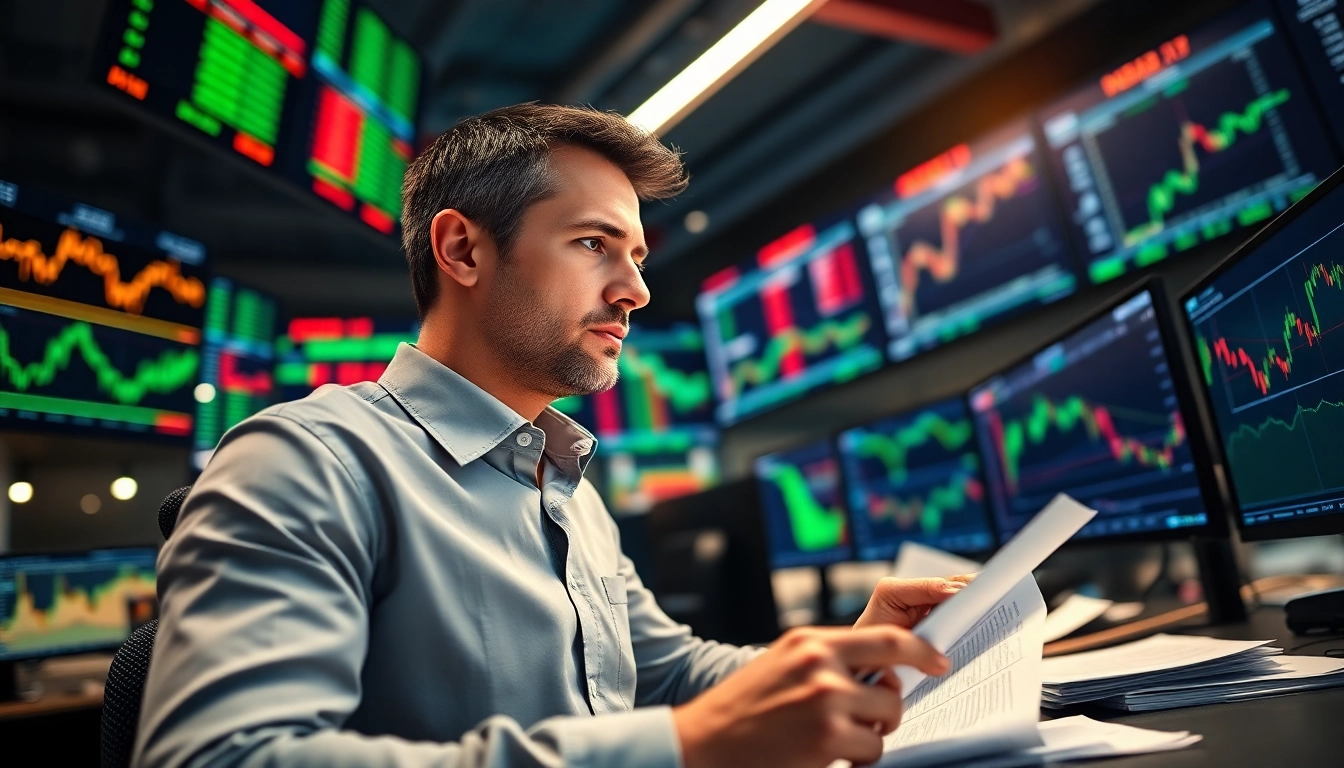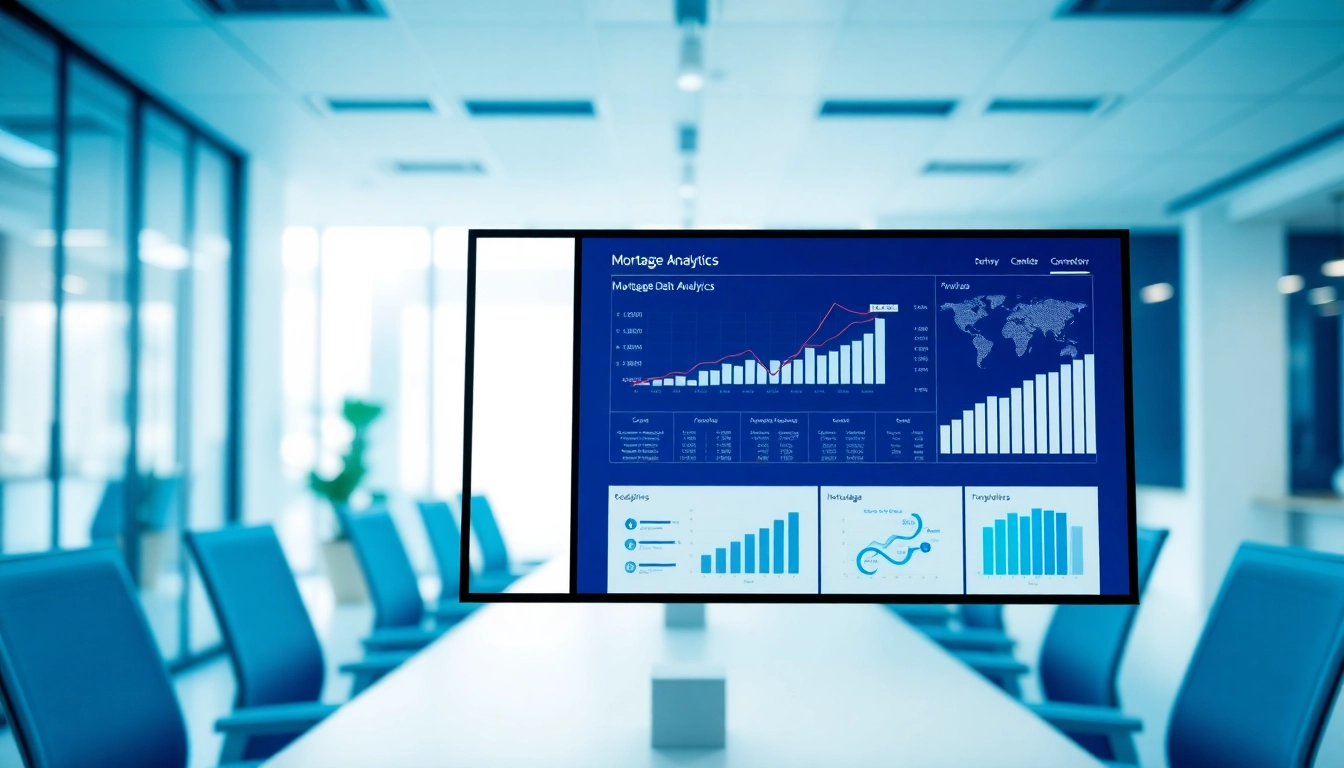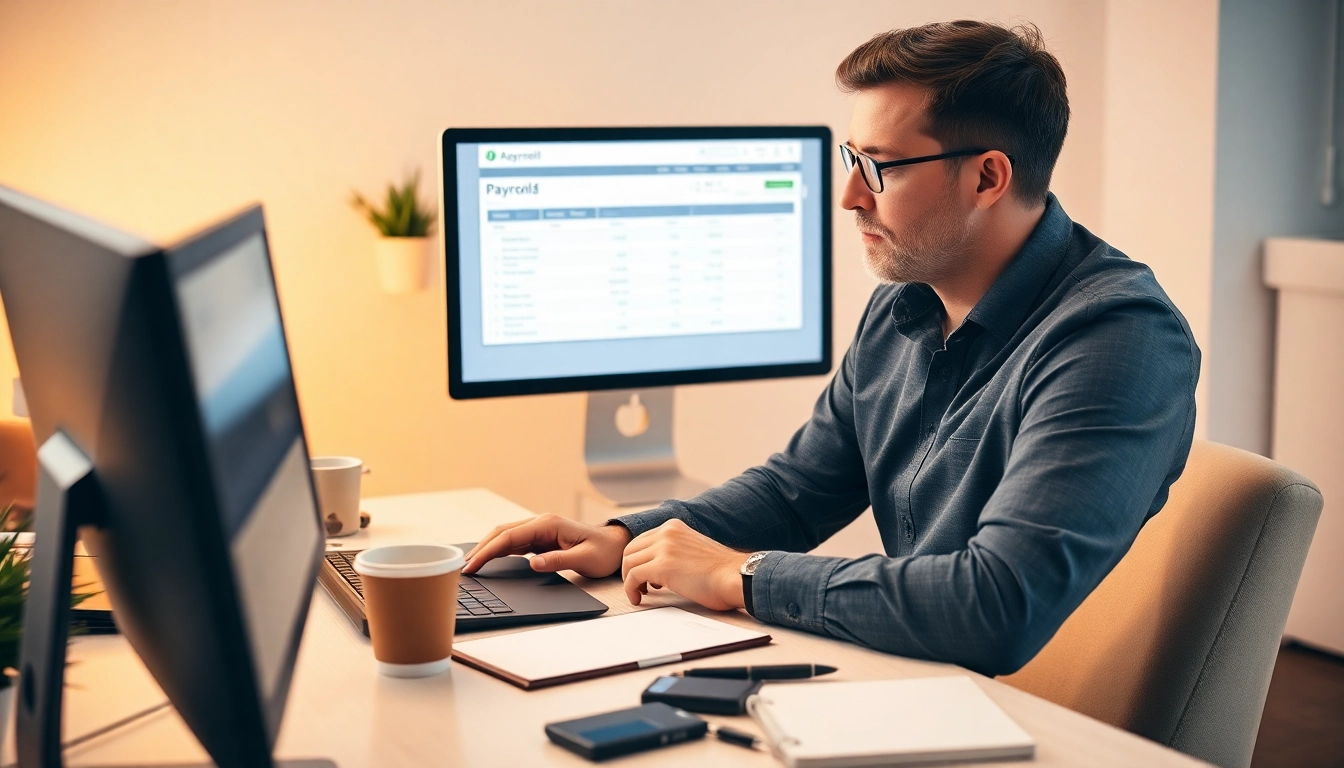Introduction to Trade Futures
Futures trading has emerged as a significant aspect of the global financial landscape, offering investors a way to speculate on price changes of various commodities and financial instruments. It allows traders to enter into contracts that obligate them to buy or sell an asset at a future date for a predetermined price. This financial instrument is widely used not only by traders but also by businesses seeking to hedge against price fluctuations. The increasing interest in this area has given rise to informative resources aimed at those looking to trade futures, helping them navigate the complexities involved. In this comprehensive guide, we will explore the intricacies of futures trading, including contract fundamentals, related benefits and risks, practical methods for getting started, and advanced strategies that seasoned traders utilize.
What are Futures Contracts?
At its core, a futures contract is a standardized legal agreement to buy or sell an asset at a predetermined price at a specified future date. Unlike other financial instruments, futures contracts do not involve the immediate exchange of cash or the underlying asset; instead, they represent a promise to transact in the future. The underlying assets can range from commodities like oil and gold to financial instruments such as indices and currencies. Futures contracts are traded on exchanges, which establish guidelines that promote transparency and trust among participants.
The Basics of Trade Futures
For those looking to enter the world of futures, understanding some fundamental concepts is paramount. Futures trading generally involves a few key points:
- Leverage: Futures allow traders to leverage their positions. This means they can control a larger position than their actual investment would otherwise allow.
- Margin Requirements: Traders must maintain a margin account with a brokerage, which serves as collateral that allows them to hold their positions. This is significantly lower than the full value of the asset.
- Settlement: Contracts can be settled in two primary ways: through physical delivery of the asset or cash settlement, where differences between the spot price and contract price are paid in cash.
Key Terminology in Futures Trading
To effectively engage in futures trading, one must familiarize themselves with essential terminologies:
- Long Position: Buying a contract with the expectation that the asset’s price will rise.
- Short Position: Selling a contract with the expectation that the asset’s price will decrease.
- Delivery Date: The specific date when the contract must be fulfilled.
- Spot Price: The current market price of the underlying asset.
Benefits of Trading Futures
Trading futures can offer numerous advantages that appeal to various investors, including both individuals and institutions. Here are some of the key benefits:
Leverage in Trade Futures
One of the most attractive features of trading futures is the ability to use leverage. By controlling large contracts with a relatively small amount of capital, traders can amplify their potential gains. For example, a trader only needs to put down a fraction of the contract value as margin, which can lead to significant profits. However, while leverage can magnify gains, it also increases the potential for losses, making it essential for traders to use it wisely.
Diversification Opportunities
Futures trading provides investors with the chance to diversify their investment portfolio beyond traditional equities and fixed income. By including different asset classes like commodities, currencies, or financial indices, investors can hedge against market volatility and risk in their overall investment strategy. For instance, during periods of economic downturn, commodity prices may behave differently from stock prices, providing a buffer.
Hedging Against Market Risks
Businesses and investors utilize futures contracts as a means to hedge against market risks. Companies involved in the production or consumption of commodities can lock in prices to insulate their operations from volatile price shifts. For instance, a farmer can sell futures contracts on their anticipated crop yield to secure a price ahead of harvest, mitigating risk due to bad weather or market downturns.
Risks Involved in Futures Trading
Despite its advantages, trading futures is not without risks. Understanding these risks is crucial for anyone participating in this market.
Market Volatility and Risk Management
The futures market is susceptible to price fluctuations due to various factors, including economic reports, geopolitical events, or weather conditions. Sudden market swings can lead to substantial gains, but they can also result in significant losses. Therefore, it is critical for traders to employ risk management strategies, such as using stop-loss orders or limiting position sizes to minimize the impact of unexpected volatility.
Understanding Margin Calls
A margin call occurs when a trader’s account balance falls below the required maintenance margin level. This typically happens in volatile market conditions where prices fluctuate sharply. If a trader receives a margin call, they must deposit additional funds into their account to keep their positions open. Failing to meet a margin call can lead to the automatic liquidation of positions, potentially resulting in losses.
Emotional and Psychological Factors
The psychological aspects of trading cannot be overlooked. The pressure of trading in volatile markets can lead to emotional decision-making, potentially resulting in irrational behavior such as overtrading or holding onto losing positions in hopes of recovery. Developing a disciplined trading plan and adhering to it can mitigate these emotional risks.
How to Start Trading Futures
Starting in futures trading may seem daunting at first, but a systematic approach can ease the process. Here’s how you can effectively begin your trading journey:
Selecting a Futures Broker
Choosing the right broker is crucial to your trading success. Look for a broker that offers a trading platform suited to your level of experience and specific needs. Consider factors such as:
- Commission rates and fees
- The range of futures contracts available
- Research and educational resources offered
- Customer support and reliability
Setting Up a Trading Account
After selecting a futures broker, you will need to set up a trading account. This generally involves submitting an application that includes your financial information, investment background, and trading experience. Be prepared to deposit initial capital and complete necessary identity verification.
Developing a Trading Strategy
Before trading, it is essential to create a well-thought-out strategy. This includes defining your trading goals, risk tolerance, and preferred trading style (day trading, swing trading, etc.). Additionally, successful traders often employ technical analysis or fundamental analysis to guide their trading decisions.
Advanced Concepts in Futures Trading
Once you grasp the basics of futures trading and have started trading, you may wish to explore more advanced concepts for greater success.
Technical Analysis for Trade Futures
Technical analysis involves studying price charts and using indicators to forecast future price movements. Many traders utilize tools like moving averages, relative strength index (RSI), and Fibonacci retracements to identify potential entry and exit points. A strong grasp of technical analysis can improve your trading effectiveness and timing.
Understanding Futures Charts and Indicators
Futures charts provide vital information about price movements over time, allowing traders to spot trends and patterns. Key chart types include line charts, bar charts, and candlestick charts. Additionally, indicators such as Bollinger Bands or stochastic oscillators can provide insights that enhance trading decisions.
Automated Trading Systems in Futures
With advancements in technology, many traders have turned to automated trading systems. These systems analyze market data and execute trades based on pre-defined conditions without human intervention. While automation can enhance efficiency, it’s important to monitor and adjust the system as necessary to respond to changing market conditions.
Conclusion
Trading futures can provide numerous opportunities for profit, diversification, and risk management. However, it requires careful preparation, continuous learning, and robust risk management strategies. By understanding the fundamental principles and challenges of futures contracts, traders can better navigate this dynamic financial landscape. Whether you’re an aspiring trader or a seasoned investor seeking new paths to explore, futures trading can be an effective tool in your financial toolbox.



